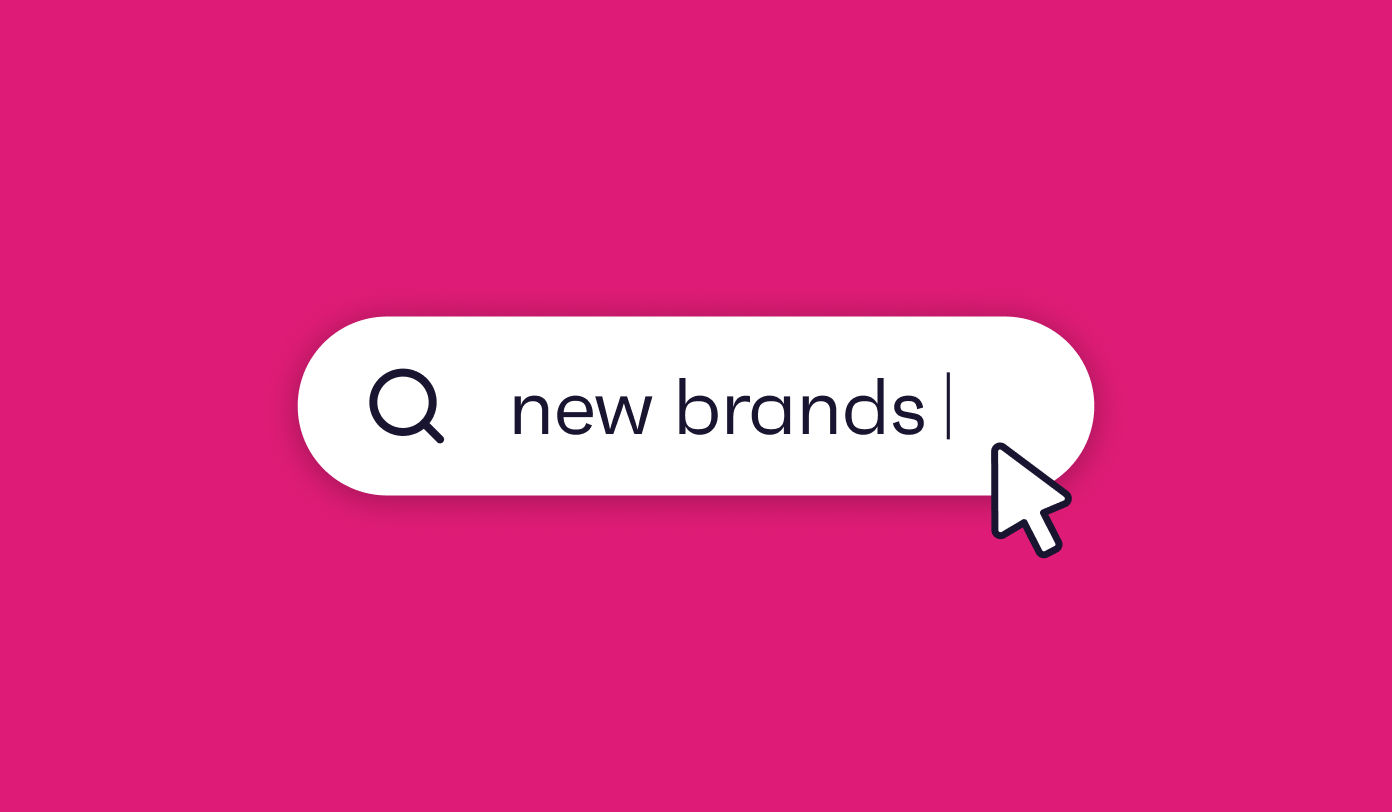People don’t like being sold to – especially when they’re not looking to buy. What they do like is information that adds value to them in one way or another.
Customer journey mapping helps you plot your audience’s path to purchase by offering them valuable information they need, exactly when they’re looking for it.
Consumers expect brands to know what information they need, regardless of where and how the interaction takes place.
The purchase journey may still revolve around some key stages, but with a growing number of digital touchpoints and changes in day-to-day living, working and purchasing patterns, the overall journey has changed.
Here are 6 ways customer journey mapping helps you put the right pieces together.
What do we know about today’s consumers?
Before digging into the journey, let’s look at consumers globally, and how we’ve changed.
- 46% used an ad blocker in the last month. The top reason for doing this is too many ads are annoying or irrelevant. So being targeted, niche, and most importantly, relevant, will pay off.
- 33% will advocate a brand when they present content/products relevant to their interests. Not only do you attract their attention, you foster a group of advocates – and recommendation is a powerful thing.
- People use search engines (52%), social media (43%) and customer reviews (37%) to research products the most. The purchase journey’s becoming more fragmented, with each audience using multiple mediums to find answers.
Keeping up with this new consumer mindset and their changing journeys is a crucial step in targeting them right. Here’s why.
1. It helps you create more tailored experiences.
By mapping all the potential interactions and customer touchpoints that a person may have with a brand, marketers can design more effective, tailored customer experiences, while getting a better measurement of campaign effectiveness.
Detailed customer journey mapping also reduces the risk of overlooking individual customers, niche audiences or shoppers who have not taken the next step in the path in the sales funnel to purchase.
For creative agencies like AnalogFolk and Southpaw, consumer journey maps based on reliable data helped create a clear picture of your consumers and create a digital experience that reflects that.
“Not only do the clients love to see these journeys, it helps everyone from the creatives to ourselves in planning to better understand our audiences”, says Sharmin Rashed, Junior Strategist at AnalogFolk.
2. It places the focus on building empathy.
Today’s personas are rich with behavioral and psychographic data, often layered over more traditional demographic and geographic information.
By putting these different user groups into detailed personas at the core of your consumer maps, marketers can build empathy with their consumers – helping them to understand their mindsets, their perceptions and their motivations to better predict future behavior.
Airbnb is one brand that consistently places the focus on building empathy. Co-Founder and CPO Joe Gebbia explains how the team uses storyboarding to consistently put their consumers at the heart of their strategy.
“We embarked on an ambitious project to map the entire guest and host terrain of Airbnb and we did it through illustration”, he says.
“We looked at key emotional moments of the customer journey and we drew them. We visualized them.”
“It has allowed our entire company to achieve a whole new level of empathy with our customers.“
3. It guides consumers towards purchase.
Ultimately, the aim of any marketing strategy is to move customers from awareness and consideration towards multiple routes to purchase, improving conversion rate overall.
But every target persona requires a different approach at every stage.
A customer buying unfamiliar technology may require a lot of information before they’re happy to take the next step, while a well-versed iphone enthusiast will move through the process a lot quicker.
Mapping enables marketers to harness a deeper understanding of people’s minds, understanding which stage each buyer is at, and what they need to move towards conversion.
Not only is this information helpful to guide your marketing team, but equally for the wider business to ensure the messaging is on-point and delivered to the right person, at the right time.
4. It identifies the critical touchpoints.
Putting yourself in your customer’s shoes helps you to understand them on another level and enables a business to plan its communications to match.
A good customer journey mapping template will identify which touchpoints are needed to help achieve those consumer-centric goals and customer needs, whether in-store via customer-facing staff, on the phone, via a website, customer service, or via website and digital strategies such as a brand’s YouTube channel, for example.
Every customer touchpoint presents an important opportunity to connect and engage with the customer’s experience both in the short term and long term, but some are more critical than others.
These ‘moments of truth’ are key milestones on any customer journey. For Joe Portman, Junior Strategist at Analog Folk, in-depth audience data is key to revealing these moments of truth:
“We don’t just use GWI within the strategy team – We could do some research into our consumers and pass that information on to the customer experience team who could create a detailed map plotted around this, outlining their pain points, their key moments of the day etc.
This is a really great use of the data and shows how audience insights bring value to an entire business, and not just one team.”
5. It helps identify the buying stages that need more attention.
Customer journey mapping is founded on real customer data such as website analytics, allowing marketers to continuously monitor their audiences and analyze their behavior.
This data can be used to validate or create customer journey maps and establish how long each stage of the buying cycle takes to be successful.
Are certain stages taking much longer than others for example, causing irritation to customers and preventing leads from converting?
By using audience insights to identify the areas that need more attention, you can dedicate more time and content to the right stages and deliver a consumer experience that really works.
6. It guides business objectives in the right direction.
Any gaps that emerge across the entire customer journey, from one end of the sales funnel to the other, can help to guide wider business decision-making and investment.
The journey map creates a framework, urging colleagues and departments to work together to improve the company’s overall performance and identify primary audiences via analytical research.
This helps outline to those outside the marketing team (such as internal stakeholders and front-line staff) why certain actions have been prioritized over others.
It also helps to break down organizational silos and get the whole company focused on meeting the expectations and needs of their various target audiences.
Example: Brand research and discovery in the U.S.
To showcase how you can collect insight into each stage of the path to purchase, let’s hone in on the U.S. consumer, focusing on behaviors early on in the journey.
Here’s what findings from our new GWI USA data set tell us:
Knowing where people are discovering new brands, and what their go-to sources of information are to influence a purchase will influence your strategy hugley; especially when it comes to content formats, positioning, and media budget allocation.
Here, we can see search engines are the dominant source of inspiration and research, with social playing a key role too.
Combining this kind of data with more in-depth behavioral and psychographic research into device usage, purchase drivers and lifestyles will help you shape the ideal journey, so users move through it seamlessly.
While the data here tells a broad story of a whole nation, applying these data points to your industry, brand or target audience segment is where you’ll see real results.
What about the B2B customer journey?
Just like B2C, creating an impactful B2B customer journey map comes down to knowing who your audience is, plotting out their touchpoints, and delivering the right message at every stage.
Unlike the B2C journey, targeting professionals has the added complexities that come with persuading someone to make a purchase on behalf of a company. For many, getting those answers still means relying on market data and desk research. But really getting to grips with the new professional mindset, and how that’s evolved, takes far more in-depth insight.
- Who manages the budget?
- Who influences purchase decisions?
- What tools do they rely on most?
- What gaps are they trying to fill?
GWI Work is the data set that sheds light on professional purchase motivators, attitudes, perceptions and behaviors – making it possible to create B2B journeys that get the best return.
Key takeaway
No matter your sector, model, audience or product offering, an effective customer journey map relies on effective research into who you’re targeting.
Only then can you create an experience that builds relationships, captures attention in all the right places, and moves your customers ever closer towards the end goal.
Placing your audience at the center of everything you do is the best place to start – and with much deeper consumer data helping you pinpoint what’s needed, it’s easier than ever to hit the mark.






.webp?width=495&height=317&name=pink_thumb_graphs%20(1).webp)
.webp?width=495&height=317&name=pink_thumb_letter%20(2).webp)
